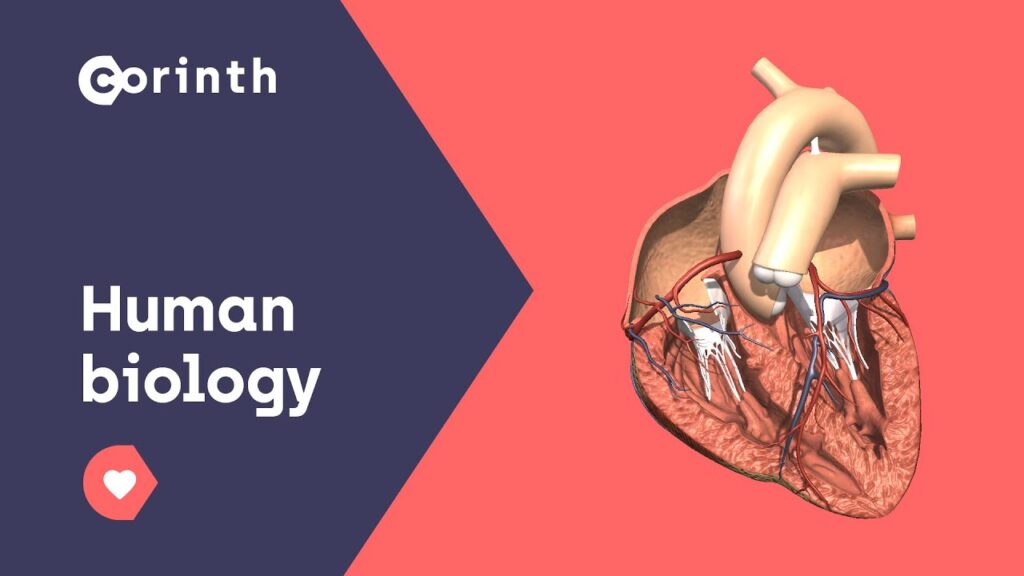

Flat diagrams rarely excite Gen-Alpha students, a cohort that cares deeply about ethics and expects every lesson to feel interactive. These three virtual-reality biology resources let you swap formaldehyde fumes for full-immersion science, without weeks of setup or eye-watering budgets. Below you’ll find detailed overviews, classroom use-cases, device support, and direct links so you can deploy each tool in a single planning period.

Traditional dissections raise ethical concerns and expose students to formaldehyde fumes. VictoryXR’s virtual-reality Frog Dissection solves both issues by placing learners in a fully immersive lab led by holographic instructor Wendy Martin, a nationally recognized science teacher. Students follow her step-by-step guidance to examine each muscle, organ, and circulatory pathway inside a life-size female frog—no real scalpel required.
Classroom Advantages
Ethical realism | Every tendon and ventricle is rendered with lifelike detail, giving students an authentic view of anatomy without harming animals.
Embedded feedback | Short quizzes appear after major steps; results export directly to most learning-management systems for easy grading.
Standards alignment | All content maps to Next Generation Science Standards, allowing a one-to-one replacement for physical dissection in middle- and high-school curricula.
Supported Devices
Meta Quest 2 / Quest 3 / Quest Pro, plus Windows tethered headsets for desktop mode.
Access Details
Part of VictoryXR’s subscription bundle (≈ $13 per month) or available under institutional licensing.

Why It Matters
Sometimes you just need a striking, high-resolution model to illustrate a lecture. Corinth’s 3-D human-biology collection lets you enlarge a neuron to the size of a tree or zoom inside the chambers of a beating heart. Every asset is built from real medical scans and peer-reviewed atlases.
Strengths & Limitations
Strength: fast load times even on entry-level headsets make it perfect for bell-ringer activities or last-minute clarifications.
Limitation: models are mostly “look, rotate, zoom.” Students can’t manipulate variables or record experimental data, so pair it with a hands-on lab for deeper inquiry.
Supported Devices
Meta Quest family, Pico Neo series, plus tablet or PC viewer for projection to a whole class.
Access Details
Freemium library with optional paid packages for advanced anatomy sets.
Link
Why It Matters
Created for grades 7-12, XReady Lab’s suite turns abstract cell theory into interactive missions. Students might repair a ruptured membrane, balance chloroplast energy flow, or trace DNA replication errors—all while earning progress badges that feed a teacher dashboard.
Key Features
Global alignment: supports AP Biology, IB Diploma, IGCSE, CBSE, and several EU curricula, so lesson plans transfer across regions.
Expansion-ready: bundle also includes optional physics and chemistry scenes, allowing a single headset bank to power an entire STEM lab.
Supported Devices
Meta Quest, Pico Neo 3 & 4.
Access Details
School licensing with a demo request form; discounts available for district rollouts.
Request Your Demo
Frequently Asked
We prodive VR biology, VR physics, and VR chemistry simulations. Please, check our catalog.
Please, fill the form to get demo labs for free.
Please contact our customer support service at support@xreadylab.com or book a call with the team to find out the conditions and book the VR class set up at your school.
Subscription to XReady Lab interactive VR labs. If you are a school, then you are also given access to the VR classroom system. VR class system helps you easily launch VR lessons for a large number of students, follow the experience of each student, as well as customise the content without developers.
We adhere to the world’s generally accepted recommendations and research. Our products are suitable for children from 12 years old.